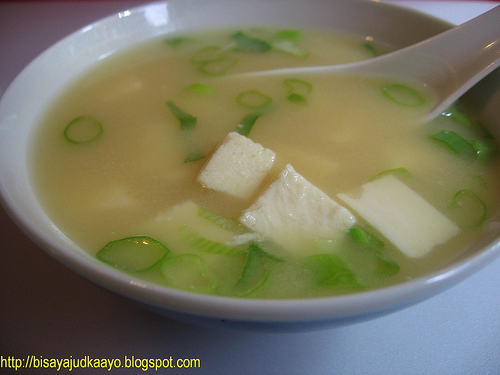I sampled four brands of kombucha available in Berkeley; my favorite was from Rejuvenation Company. They are in Emeryville, which is close to where I live. “Can I visit your manufacturing facility?” I asked. The answer was no, but they were happy to be interviewed. So I interviewed Chris Campagna and Jerry Campagna, who are the company’s two employees. Before the interview I discovered they also made the rejuvelac I’d bought after a reader of this blog recommended it (“When I was a database administrator at Whole Foods, I used to drink it daily and never felt better”). Those are their two products: kombucha and rejuvelac.
How did your company begin?
It was started in 1983 in San Francisco by Dennis Campagna [Jerry’s brother, Chris’s uncle]. He was a health-food fanatic, a die-hard vegetarian, and a hippie. Now retired. He is ten years older than Jerry, but , Jerry says, looks younger.] At the beginning, he sold several health-food juices, such as carrot juice and wheat grass juice, but he also sold Rejuvelac. That was the part of the product line that’s lasted. He made them in a shared kitchen. Back then, there were dozens of small health food stores in San Francisco. It was a one-man show. Dennis drove around to them.
What’s rejuvelac?
A fermented grain drink. We use wheat. You sprout wheat berries with water, ferment them for a while, then strain out the wheat berries. We’re the only company we know of that sells it.
Why do your products say “Keep Refrigerated”?
The Health Department wanted it. For years and years, they sat store shelves, not refrigerated.
When did you start making kombucha?
Five years ago. Dennis added it to his product line. It took a few years to catch on. He’d been making it for himself for years — making it, drinking it, giving it to friends. We’re tiny players in the kombucha market. Synergy is the big player. Maybe there are 10-15 manufacturers around the country, it’s hard to know the exact number. There’s no Kombucha Manufacturers Association. Some commercial kombuchas are pasteurized; look on their websites to find out which ones. [Kombucha Wonder Drink is pasteurized.] Our kombucha isn’t pasteurized.
How has the business changed?
It used to be lots of mom-and-pop stores. The people who owned the store ran it. They recommended stuff to their customers. The customer would come in with a health problem, the owner would say, “Why don’t you try this?” Now Whole Food dominates. The emphasis has changed. The buyers want to know: Will it sell? As opposed to true quality. Nowadays, the main way we spread is that someone buys our products on a trip to San Francisco and goes home and sends us email: Where can we get it? We say: If you really want it, go to your store manager and tell him. You have a tremendous amount of clout. They listen to you. It often works out that we get a store out of that deal. We don’t do internet sales.
Over the last five years, our sales have grown a lot. Five years ago, we were mostly in San Francisco, mostly in small stores. Around 20-30 small stores. Now we’re in roughly 100-120 stores. It’s hard to have a store locator on our website because distributors don’t want to tell us who they deal with. [Their store locator page.] In the Bay Area, we’re sold at Whole Foods, Berkeley Bowl, Rainbow Grocery, plus smaller stores. In Santa Cruz, at Staff of Life. We’re moving into Whole Foods in Los Angeles, Seattle, and Portland. Pretty soon you should be able to get it in any Whole Foods on the West Coast.
What do your customers say?
A year ago, we got a phone call from a woman in San Francisco. I’m moving to Utah, where can I buy your product? Eight years earlier, she’d been sick. [Digestive problems, apparently.] Her doctor had given her antibiotics. She didn’t get better. She was given more antibiotics. Still didn’t get better. This went on for several months. She couldn’t eat anything. Even baby food would make her gaseous. She was turning ashen, suffering from malnutrition. Then she got a small bottle of rejuvelac. Just 30 minutes after drinking it, she felt a little better. She’d been drinking it regularly for eight years, didn’t want to be without it.
